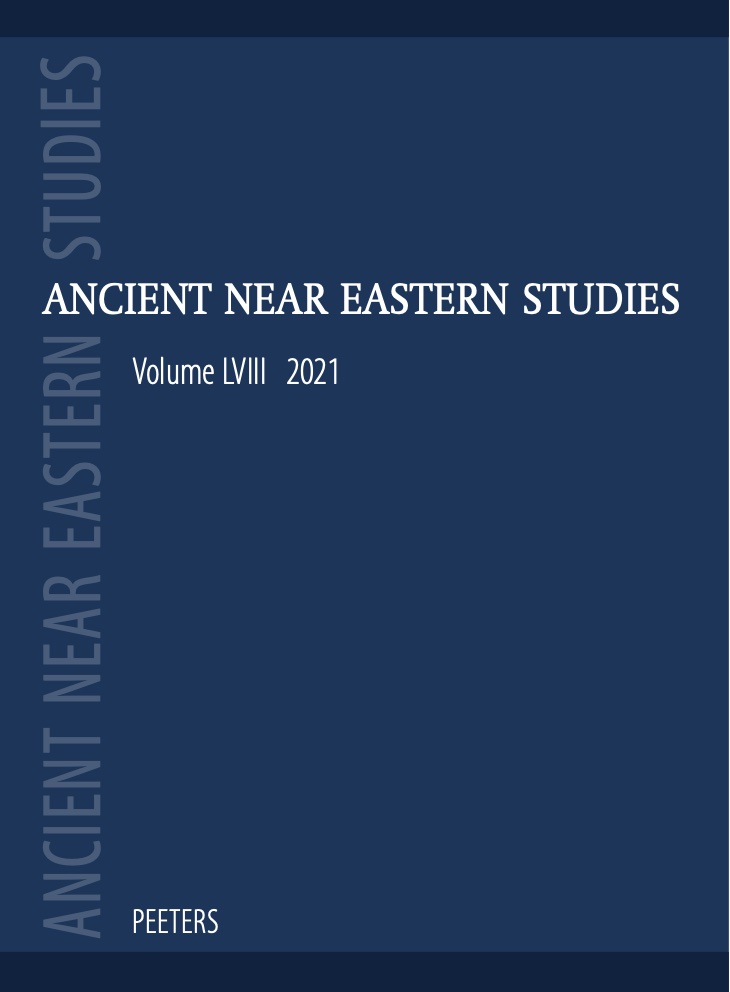 previous article in this issue previous article in this issue | next article in this issue  |

Preview first page |
Document Details : Title: The One and Only Great King Hartapu and the Western Muška Author(s): GOEDEGEBUURE, Petra Journal: Ancient Near Eastern Studies Volume: 61 Date: 2024 Pages: 451-473 DOI: 10.2143/ANES.61.0.3294040 Abstract : The discovery in 2019 of an eighth-century-BCE Anatolian Hieroglyphic inscription near the site of Türkmen-Karahöyük in the Konya plain, TÜRKMENKARAHÖYÜK 1, published in 2020, led to a surprise: in it, Great King Hartapu, son of URBS-li, currently read as Mursili, mentions his conquest of the Muška. Hartapu was until then only known from the KIZILDAĞ-KARADAĞ-BURUNKAYA inscriptions, which had mostly been dated to the 12th century. The editors’ detection of the Muška in KIZILDAĞ 4, however, led to a problem. How could the Muška be mentioned in both a 12th- and an 8th-century text? The editors suggested that the date of KIZILDAĞ 4 should be revisited based on palaeography, assuming that the Muška are the Phrygians. This led to various counter-proposals. Two of those stand out: TÜRKMENKARAHÖYÜK 1 is 12th century, and the Muška are perhaps the eastern Muški mentioned in Assyrian sources; or, it is eighth century, but the section that mentions the Muška is a pastiche of 12th-century KIZILDAĞ 4, and the Muška are an early western population group. In this contribution I will reconfirm the late-ninth- to eighth-century date of TÜRKMENKARAHÖYÜK 1, and provide further support for an eighth century date for KIZILDAĞ 4. Muška refers therefore either to the kingdom of Phrygia or to a coalition of western Muški and Phrygians. |
|


